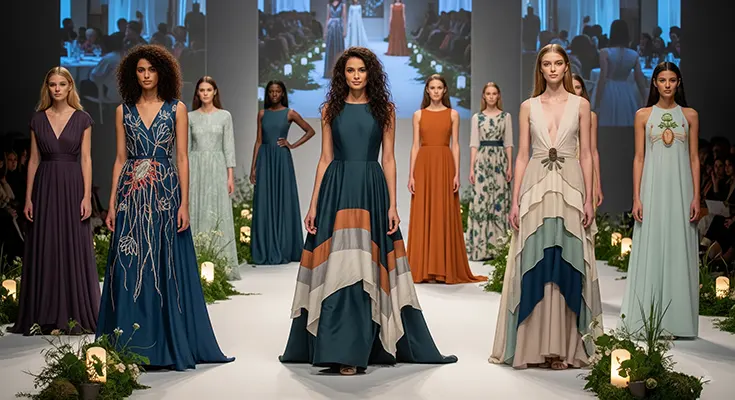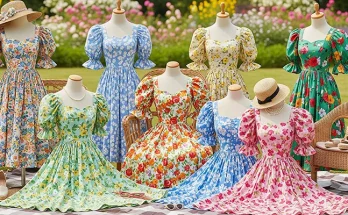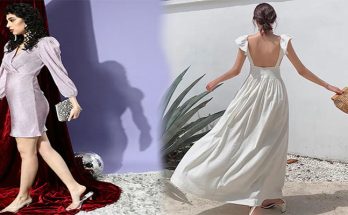In recent years, the fashion industry has witnessed a growing shift towards sustainability and eco-conscious choices. This trend has extended to the world of high fashion, including the glamorous sphere of gala events. Sustainable and eco-friendly evening gowns for gala events are becoming increasingly popular among designers, celebrities, and environmentally-minded consumers who want to make a positive impact without compromising style and elegance.
Why Sustainability Matters in Evening Wear
Gala events and red carpets have traditionally showcased haute couture and luxury fashion that often rely on resource-intensive production methods and materials. The environmental cost of producing lavish gowns can be significant, involving excessive water usage, chemical dyes, and textile waste. Embracing sustainability in evening wear means reducing these impacts by adopting environmentally friendly materials, ethical production processes, and innovative design practices.
Key Features of Sustainable Evening Gowns
- Eco-Friendly Fabrics
Sustainable gowns often use organic, recycled, or biodegradable fabrics such as organic cotton, hemp, bamboo silk, Tencel, and recycled polyester. These materials reduce dependence on non-renewable resources and are produced with less water and fewer harmful chemicals. - Ethical Production
Eco-conscious designers prioritize fair labor practices, ensuring that garment workers are paid fairly and work in safe conditions. Local production and artisanal craftsmanship can also help minimize the carbon footprint related to transportation and mass manufacturing. - Zero Waste Design
Many sustainable fashion brands use zero-waste or upcycling techniques to minimize fabric wastage. This approach creatively repurposes leftover materials or employs cutting patterns that maximize fabric usage. - Durability and Timelessness
Sustainable gowns emphasize quality over quantity. These dresses are designed with timeless styles and durable construction to encourage long-term use, reducing the trend-driven consumption that fuels fashion waste.
Popular Sustainable Evening Gown Trends
- Vegan Silk and Plant-Based Fabrics: Innovations such as banana silk and mushroom leather are gaining popularity as luxurious yet sustainable alternatives to traditional silk and leather.
- Vintage and Upcycled Gowns: Repurposing vintage gowns or fabric elements preserves fashion heritage and reduces the need for new resources.
- Natural Dyeing Techniques: Using natural dyes derived from plants and minerals instead of synthetic chemicals ensures that gowns are less polluting.
Why Choose Sustainable Gowns for Gala Events?
Wearing sustainable and eco-friendly evening gowns at gala events sends a powerful message about environmental responsibility and conscious consumerism. Celebrities and influencers championing such gowns inspire wider audiences to rethink their fashion choices and support brands that uphold ethical standards. Moreover, sustainable gowns often stand out due to their unique craftsmanship and storytelling, adding depth and meaning to glamorous appearances.
Where to Find Sustainable Evening Gowns
Many designers and luxury brands now offer eco-friendly evening wear collections. Some notable names include Stella McCartney, Gabriela Hearst, and EILEEN FISHER. Additionally, dedicated sustainable fashion platforms and boutiques curate elegant gowns designed with the environment in mind.
Sustainable and eco-friendly evening gowns for gala events are more than just a trend—they are a meaningful evolution in the fashion industry’s commitment to environmental stewardship. By choosing gowns made from eco-conscious materials and crafted through ethical processes, consumers and designers alike can enjoy elegance and glamour without compromising the planet’s health. As awareness grows, the red carpet will continue to shine brighter with gowns that celebrate both beauty and sustainability.





